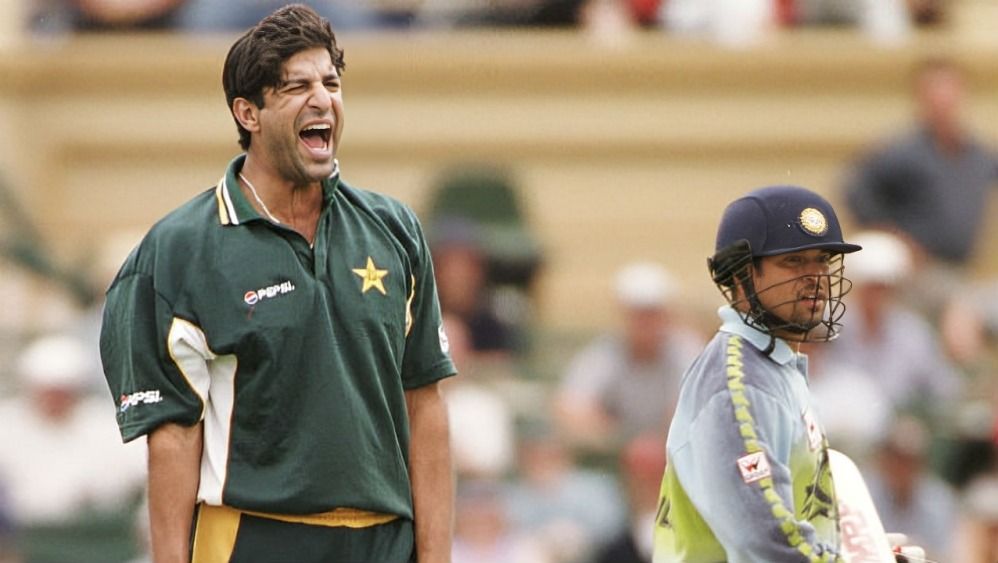
One-Day Internationals (ODIs) have played a crucial role in cricket’s evolution, offering a faster-paced, action-packed alternative to traditional formats. First introduced in 1971, ODIs quickly became popular due to their thrilling blend of strategy, limited overs, and competitive spirit. With 50 overs per side, this format has produced iconic matches, records, and unforgettable moments. In this blog, we explore 20 Facts About One-Day International, delving into their history, global impact, and the unique challenges they present to players. Whether you're a cricket enthusiast or new to the sport, these facts will enrich your understanding of ODIs. 1
On January 5, 1971, the first ODI at Melbourne’s MCG between Australia and England revolutionized cricket by introducing a limited-overs format, creating a faster, more dynamic game, and expanding its global appeal. 2
The 1975 Cricket World Cup marked the debut of ODIs in international tournaments. Hosted in England, it featured 60 six-ball overs per side. The West Indies won the inaugural event, setting a precedent for future global competitions in cricket. 3
One Day Internationals, often termed Limited Overs Internationals (LOIs), are premier cricket matches within the List A format. While LOI can also refer to Twenty20 games, ODIs are celebrated as the pinnacle of limited-overs competition. 4
The introduction of colored clothing and white cricket balls in the 1990s transformed the ODI experience. This change and day-night matches made games more visually appealing for viewers and adapted cricket for television audiences. 5
ODI series, usually 3 or 5 matches, are played during international tours at various venues. Tri-nation series, featuring three teams, adds excitement and variety to the format, enhancing its appeal. 6
ODI matches are typically 50 overs per side, offering a balance between the endurance of Test cricket and the rapid pace of T20s. This format allows for strategic depth while keeping matches within a manageable timeframe for spectators. 7

The 1996 Cricket World Cup, co-hosted by India, Pakistan, and Sri Lanka, was a milestone for ODI cricket. Sri Lanka’s victory in the tournament boosted the popularity of cricket in the subcontinent and demonstrated the format’s global appeal.
The “Super Over” concept was introduced to resolve tied ODI matches. If a match ends in a tie, a single over per side determines the winner, adding an exciting, high-pressure element to conclude games that are otherwise evenly matched.8
ODIs have seen numerous high-profile individual performances. Sachin Tendulkar, for example, holds the record for the most runs in ODI history, amassing over 18,000 runs, a testament to his longevity and excellence in the format.9
Powerplays in ODIs, restricting field placements during the first and last 10 overs, were introduced to boost scoring rates and encourage more dynamic, aggressive play, significantly influencing game strategies.10
The 1992 Cricket World Cup, featuring the first-ever day-night matches, marked a significant innovation in ODIs. This format change made matches more accessible to television audiences and allowed for cricket to reach a broader, global audience. 11
The ODI format gave rise to international leagues like the ICC Champions Trophy, featuring top teams in competitive short-format tournaments, further boosting ODI cricket’s global profile. 12
The Duckworth-Lewis method adjusts target scores in rain-affected ODIs by accounting for overs lost due to weather, ensuring a balanced and fair competition even when the match is interrupted by rain. 13
The 2011 Cricket World Cup saw India emerge victorious on home soil. This win was significant not only for Indian cricket but also for the ODI format, as it highlighted the format’s ability to bring nations together in celebration. 14
Between 2005 and 2017, six Associate Members had temporary ODI status. By 2019, eight teams, including Scotland and the Netherlands, held this status, reflecting cricket’s growing global reach. 15
The 1987 Cricket World Cup introduced the 50-over format, replacing the earlier 60-over games. This change aimed to speed up matches and improve viewer engagement, ultimately shaping the modern ODI format we see today. 16
ODIs have seen the emergence of various strategies, including “death overs” tactics. Teams employ specialized bowlers during the final overs of a match to restrict high scoring, emphasizing the format's strategic depth and the role of specialized skills. 17

The ICC ODI Player Rankings and awards recognize top performances, promoting the format and offering players incentives to excel, further boosting the significance of ODIs in international cricket.
The “Impact Player” rule allows teams to substitute a player mid-match, offering a tactical advantage in ODIs. This innovation enables teams to adjust strategies during games, adding a layer of flexibility and adaptability to the format. 18
In ODIs, each team bats for 50 overs, aiming to score while the fielding team tries to dismiss 10 batsmen. Powerplays control fielders: 2 outside the circle for 10 overs, 4 for 30, and 5 for 10. 19